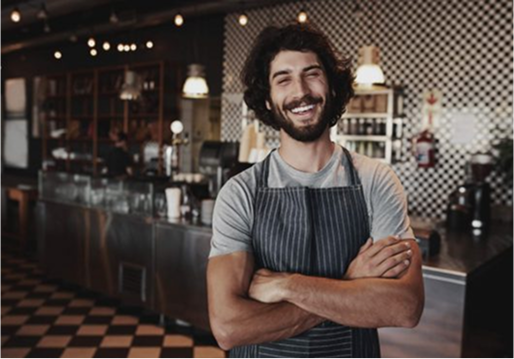
A Brief History of Pour-Over Coffee: From Melitta to the Modern Brew
Pour-over coffee has become a beloved ritual for specialty coffee lovers, known for its clarity, control, and hands-on craft. But while pour-over may feel like a modern trend, its story began over a century ago with a piece of blotting paper and a desire for a cleaner cup.
In this post, we’re diving into the history of pour-over coffee—from its humble origins to the precise brewing tools we use today.
The Birth of Pour-Over: Melitta Bentz and the First Filter
In 1908, a German housewife named Melitta Bentz became frustrated with the bitter, gritty coffee produced by traditional percolators. Looking for a better way, she punched holes into the bottom of a brass pot, lined it with blotting paper from her son’s school notebook, and poured hot water over ground coffee.
The result? A cleaner, smoother cup—free of grounds and over-extraction.
That homemade invention led to the founding of the Melitta company, which patented the first disposable paper coffee filter and became a pioneer in home brewing. Her invention marked the beginning of manual drip coffee, what we now call pour-over.
The Rise of Manual Brewing Around the World
Throughout the 20th century, variations of the pour-over method began to appear globally:
-
Melitta expanded across Europe and into the U.S., popularizing paper filters and conical brewers.
-
The Chemex, invented in 1941 by German chemist Peter Schlumbohm, offered a scientific spin—its hourglass design and thick bonded filters became iconic.
-
Kalita and Hario, two Japanese brands, emerged in the mid-1900s with flat-bottom drippers and heatproof glassware, emphasizing both form and function.
These designs helped fuel a slow but steady appreciation for manual brewing—especially in Japan, where precision and ritual were deeply valued.
The Third Wave Coffee Movement and Pour-Over’s Revival
In the early 2000s, the third wave coffee movement began reshaping how people viewed coffee—not just as a commodity, but as an artisanal product, like wine or craft beer.
Baristas and coffee geeks alike turned to pour-over for its:
-
Flavor clarity: It showcases the unique characteristics of single-origin beans.
-
Brew control: Variables like temperature, grind size, and pour rate can be finely tuned.
-
Connection to craft: Pour-over isn’t just about coffee—it’s about intention and technique.
Tools evolved alongside this movement. New brewers were designed to improve consistency and extraction. Specialty kettles with precision spouts became the norm. Digital scales and timers helped push pour-over into the realm of serious coffee science.
Where We Are Today: Design Meets Precision
Modern pour-over gear—like the Brewista Artisan Gooseneck Kettle or our Tornado Duo Dripper—is the result of more than a century of innovation. Every curve, angle, and material choice is deliberate, engineered to help coffee lovers brew better with less guesswork.
At Brewista, we build on that legacy. Our tools are designed not just for performance, but for the brewing experience itself. From variable temperature control to ergonomic design, we aim to make each step feel intuitive, rewarding, and rooted in coffee’s evolving story.
Final Pour
What started with a scrap of notebook paper has grown into a global culture of mindful brewing. Pour-over coffee continues to evolve, balancing tradition with innovation—and connecting us more deeply to the coffee in our cup.
Whether you're just starting out or fine-tuning your technique, you're part of that ongoing story.